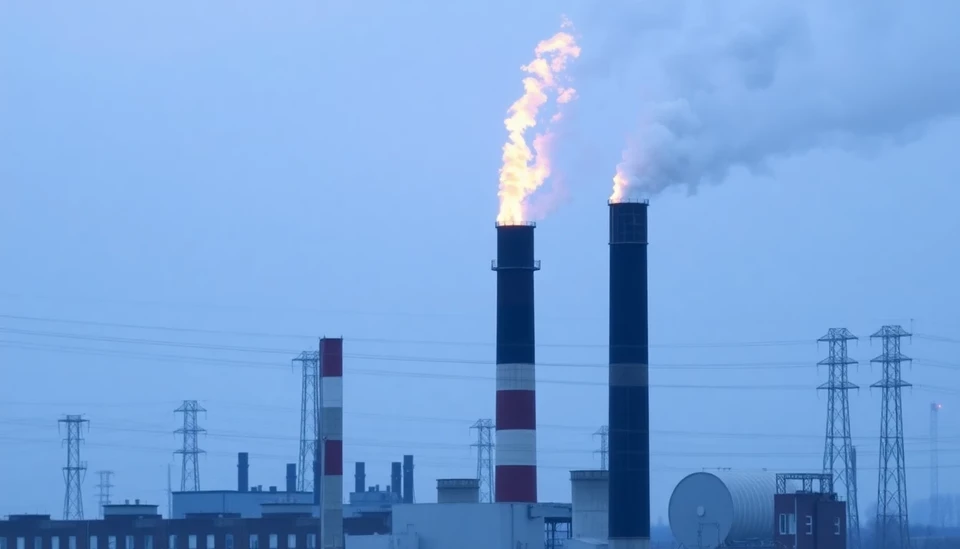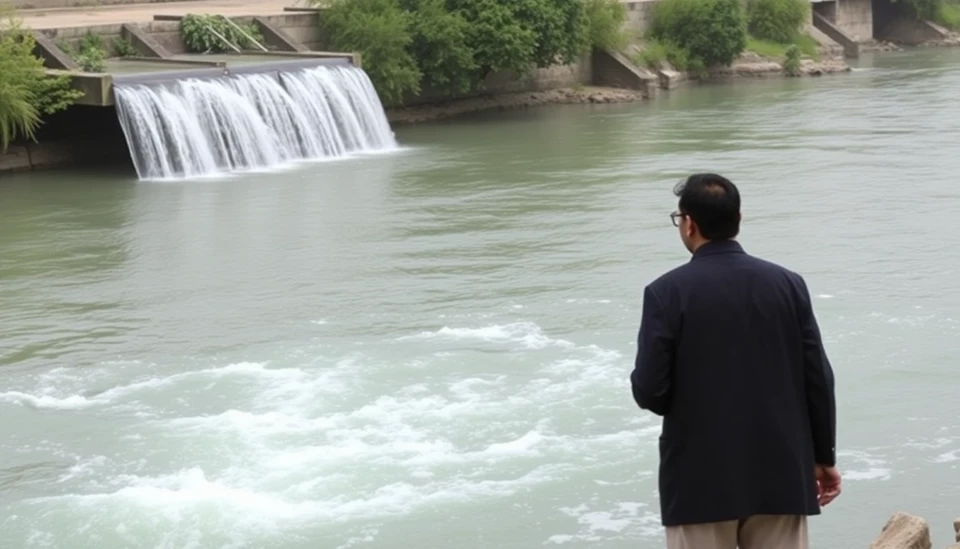
The infrastructure across the globe is facing unprecedented challenges due to the relentless effects of climate change. As temperatures rise and weather patterns become increasingly erratic, many roads and highways are showing signs of severe strain. In a recent report, experts have outlined how rising sea levels, intensified storms, and extreme heat are contributing to the degradation of roadway networks.
One of the most alarming aspects detailed in this report is the vulnerability of coastal roads. With rising sea levels, many roadways that once comfortably stood hundreds of feet above sea level are now slipping into the ocean or being regularly inundated with saltwater. This phenomenon not only poses infrastructure risks but also threatens local ecosystems and economies reliant on these transport routes. The report highlights that communities in countries such as the USA face enormous financial burdens as they are forced to maintain or rebuild critical transportation arteries inundated by sea waters.
Moreover, it is not just coastal areas that are affected. Inland regions are grappling with extreme weather conditions characterized by heavy rainfall, flooding, and consequent erosion. Roadways designed to withstand typical rain patterns are quickly becoming obsolete as severe storms become more frequent and intense. Flooding damages not only compromise road integrity but can also disrupt entire communities by cutting off access to emergency services and essential goods.
Beyond flooding, heat waves are adding a different dimension to the threat. High temperatures can cause pavement to buckle and cracks to form, leading to hazardous driving conditions. Infrastructure that was built with older standards is simply not equipped to handle these intense heatwaves now becoming commonplace in many regions. Roads are not just deteriorating; they are presenting safety risks to drivers, potentially leading to accidents and fatalities.
The financial implications of addressing these issues are staggering. Governments are faced with steep costs in repairs and upgrades, with projections indicating that trillions of dollars will be needed over the coming decades just to maintain current infrastructure reliability. However, failure to act now could lead to even greater costs in the future, as structural failures could lead to catastrophic accidents that result in loss of life and further financial liability.
Despite these daunting challenges, the report emphasizes that proactive measures can be taken. It calls for the integration of climate resilience into infrastructure planning, which can include elevating roads in vulnerable areas, utilizing more durable materials, and improving drainage systems to combat flooding. Investing in these methods now would not only safeguard existing infrastructure but also protect communities and economies over the long term.
Furthermore, the report encourages collaboration between government entities, private sectors, and local communities to ensure that transportation networks can withstand the evolving climate crisis. Such partnerships can lead to innovative solutions and funding opportunities that could mitigate the impacts of climate change on infrastructure.
In summary, the implications of climate change on road infrastructure cannot be understated. As we move forward, it is imperative for all stakeholders to take action now to protect the roads and highways that are essential to our communities, economies, and overall safety.
#ClimateChange #Infrastructure #RoadSafety #GlobalWarming #SustainableDevelopment #Flooding #ClimateResilience
Author: Megan Clarke




